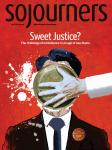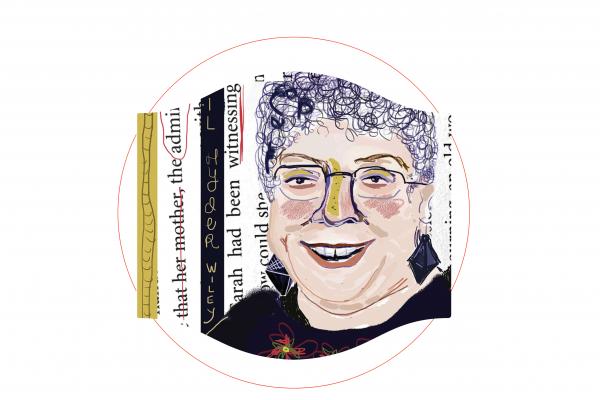Bio: Gail Hyder Wiley is the organizer of Charlottesville Gathers, a group in Charlottesville, Va., that has taught hundreds of people nonviolent active bystander tactics and encourages resistance against racism, especially resistance led by people of color.
What inspired Charlottesville Gathers to organize nonviolent active bystander training? I saw what was happening after the election—that people were getting assaulted and demeaned, and it was just turning into a dangerous place for people who are outside of the spectrum of white privilege. There were a lot of people in December 2016 talking about the resistance, but there didn’t seem to be much training going on. I was impressed by the stories of people who used church basements, during the civil rights movement, to teach people nonviolent civil disobedience. I thought, “Okay, I belong to a church that has this big library, and it sits idle some nights, so why don’t we use that and bring in people who can help the community learn how to grapple with what we’re dealing with.”
What acts of racism have occurred in Charlottesville since last summer? There has been a string of incidents of white supremacists targeting our community that hasn’t made the news: white supremacist stickers placed over the new road sign for “Heather Heyer Way,” an activist’s tires getting slashed, and countless more insults and threats. Our immigrant neighbors have been fearful as the policies of our current president have become apparent, and the violence of the white supremacists in our area has amplified that fear.
What advice do you have for Christians who hesitate to get involved in social justice? There are a lot of people sitting on a lot of knowledge and resources who need to realize that they can apply it to real life. If people could link their church lives with the rest of their lives, I think, as a society, we would be better off, but I also think the church would be better off. I’m not at all shy about saying, “I’m from Westminster Presbyterian Church in Charlottesville and ...” And, in some cases, that attracts people to our church, but, if nothing else, it proves to some people that, “Oh, there are church people who care about this, and they’re actually out doing it.”
In recent months, what has made you hopeful? People finally waking up—including myself. I am on my way to “woke,” but I’m not there yet, and I know it. I have learned over the course of examining whiteness and privilege that things that seem perfectly clear to me I can be dead-flat wrong about.
My husband and I led a discussion session on the book Waking Up White, and Finding Myself in the Story of Race—which was recommended for all Presbyterian Church (U.S.A.) members—and we used the church’s study guide. We got some real profound reactions from people, including one woman who said, “I grew up in a very segregated small town in North Carolina, recognized injustice all my life and railed against it, but until this moment I never felt there was anything I could do about it, and now I’m ready to do.” The fact that churches have these kinds of resources ... If people just pick them up and start wading in, it’s there, it’s waiting for you. That makes me hopeful.

Got something to say about what you're reading? We value your feedback!

